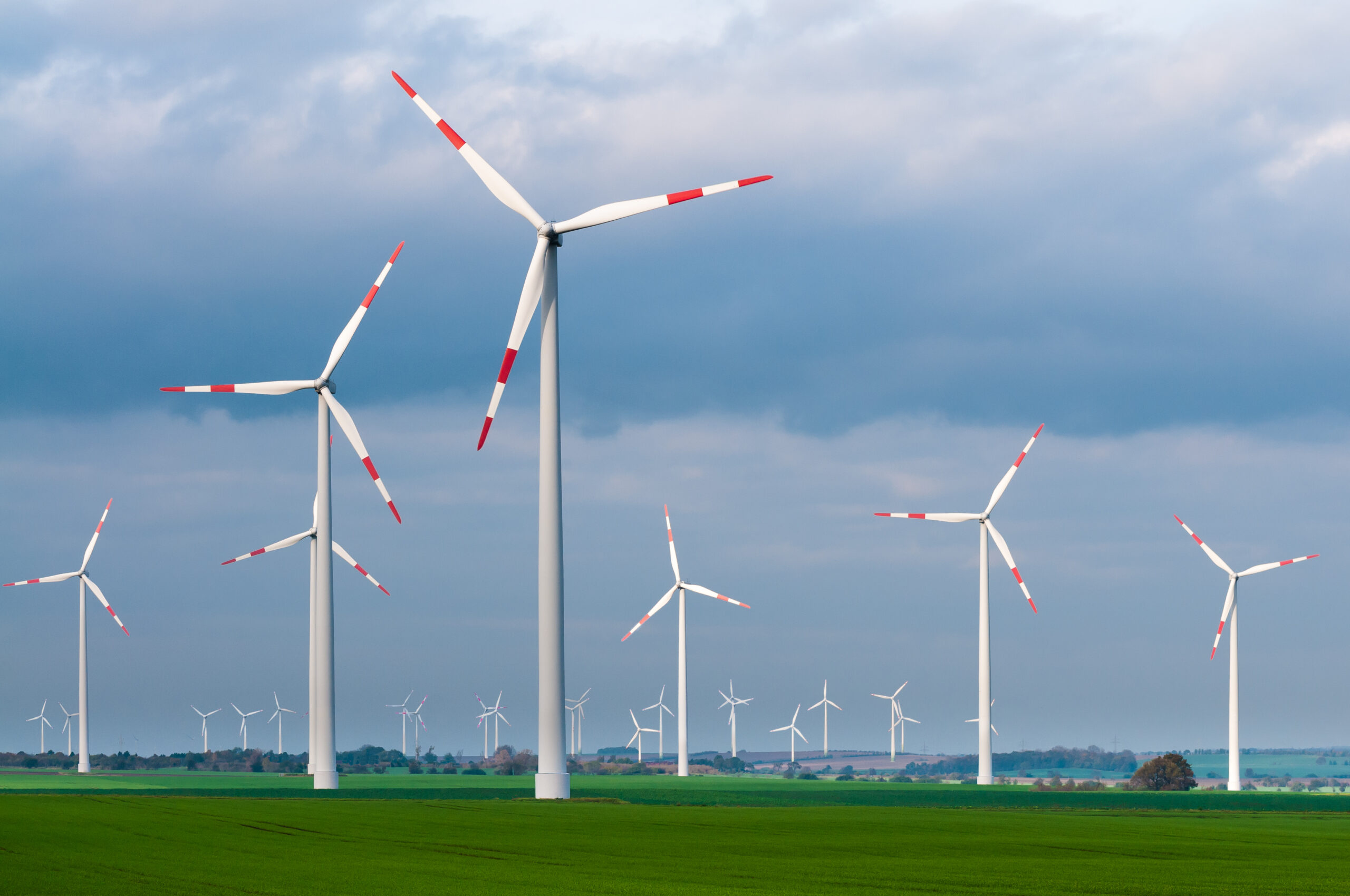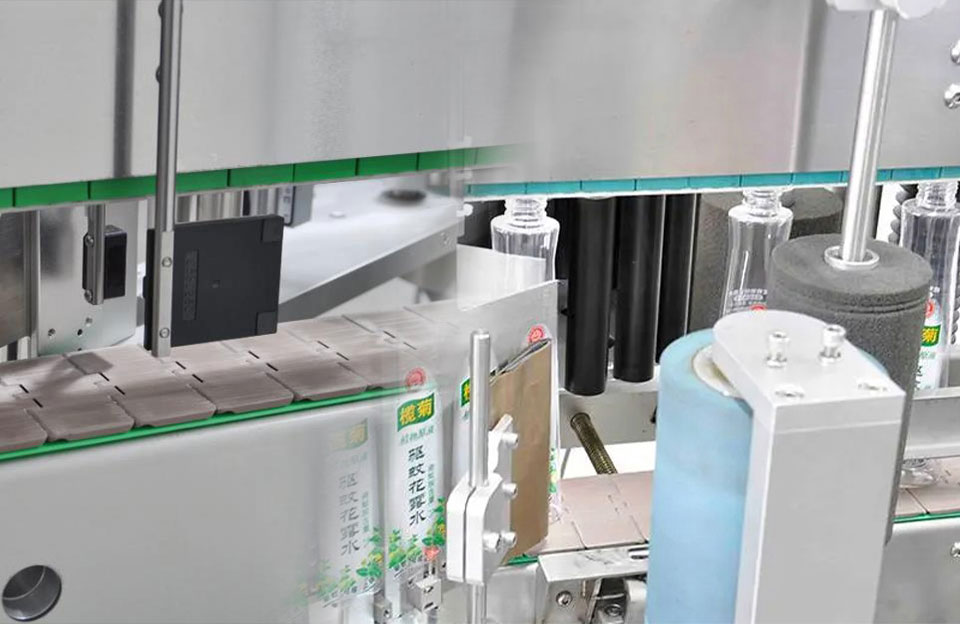The energy industry encompasses a broad range of activities related to the production, generation, transmission, distribution, and consumption of energy resources. It plays a critical role in powering economies, driving technological advancements, and improving the quality of life for individuals and societies. As a machine for pasting product information, the application of labeling machines in the energy industry is broad.

Main Components of the Energy Industry
The energy industry is a vast sector encompassing various components involved in producing, distributing, and consuming energy. Here are the main components of the energy industry:
- Energy Sources: The energy industry uses different sources to generate power. These sources include fossil fuels such as coal, oil, and natural gas and renewable sources like solar, wind, hydroelectric, geothermal, and biomass.
- Exploration and Extraction: This component involves exploring and extracting fossil fuel resources from the earth. It includes oil drilling, coal mining, and natural gas extraction.
- Generation: The generation component involves converting primary energy sources into electricity or usable energy. This can be done through various methods such as thermal power plants (burning fossil fuels), nuclear power plants (nuclear fission), and renewable energy installations (solar panels, wind turbines, hydroelectric dams).
- Transmission and Distribution: Once energy is generated, it must be transported from the generation sites to end-users. Transmission involves the long-distance transportation of electricity through high-voltage power lines. At the same time, distribution refers to the local distribution of electricity through medium-voltage and low-voltage power lines to homes, businesses, and industries.
- Storage: Energy storage technologies are crucial in the energy industry. They allow excess energy generated during periods of low demand to be stored for later use during peak demand periods. Examples of energy storage technologies include batteries, pumped hydro storage, compressed air energy storage, and thermal storage.
- Infrastructure: The energy industry requires a vast infrastructure network to support its operations. This includes pipelines for transporting oil and natural gas, refineries for processing crude oil into usable products, power plants for electricity generation, and electrical grids for transmitting and distributing electricity.
- Regulation and Policy: Governments and regulatory bodies play a significant role in the energy industry. They establish policies, regulations, and standards to ensure safe, efficient, and sustainable energy production, distribution, and consumption. These regulations cover environmental protection, safety standards, energy efficiency, and renewable energy targets.
- Research and Development: Advancements in energy technologies and practices are crucial for the industry’s growth and sustainability. Research and development efforts focus on improving energy efficiency, developing cleaner and more sustainable energy sources, and exploring new technologies such as smart grids, advanced storage systems, and carbon capture and storage (CCS) technologies.
- Energy Services: Energy services encompass the companies and organizations that provide energy-related services to consumers and businesses. This includes electricity and gas utilities, energy retailers, energy consultants, energy management companies, and energy efficiency service providers.
Application of Labeling Machines in the Energy Industry
The application of labeling machines in the energy industry is wide. Here are some specific applications of labeling machines in the energy industry:
- Equipment and Components: Labeling machines in the energy industry mark and identify equipment and components in power generation facilities, such as turbines, generators, transformers, control panels, and switchgear. Labels provide important information, including identification, ratings, operating instructions, safety warnings, and maintenance schedules. Clear and accurate labeling helps operators and maintenance personnel quickly locate and understand the equipment, ensuring safe and efficient operation.
- Pipelines and Transmission: Labeling machines in the energy industry are essential for marking pipelines and transmission systems. Labels provide crucial information about the contents of pipelines, flow directions, pressure limits, safety instructions, and emergency contact details. Properly labeled pipelines facilitate maintenance, repair, and inspection activities, ensuring compliance with regulations and enhancing safety measures.
- Electrical Panels and Switchgear: Labeling machines in the energy industry are extensively used to mark electrical panels, circuit breakers, switchgear, and control cabinets in power distribution systems. Labels provide vital information such as circuit identification, voltage levels, current ratings, and safety instructions. Proper labeling assists electricians in quickly identifying circuits, performing maintenance tasks, and troubleshooting electrical issues.
- Renewable Energy Installations: Labeling machines play a role in renewable energy installations like solar farms and wind turbines. They are used to mark and identify inverters, transformers, combiner boxes, junction boxes, and other components. Labels provide information on safety precautions, operating parameters, and maintenance requirements. Accurate labeling aids technicians in maintenance, repairs, and system optimization.
- Battery and Energy Storage Systems: With the increasing use of battery and energy storage systems, labeling machines in the energy industry are employed to mark battery banks, storage containers, charging stations, and associate d equipment. Labels convey critical information such as battery type, capacity, charging and discharging instructions, safety precautions, and maintenance requirements. Proper labeling assists operators and maintenance personnel in ensuring energy storage systems’ safe and efficient management.
- Hazardous Material Handling: The energy industry involves handling and transporting hazardous materials such as fuels, chemicals, and gases. Labeling machines create compliant labels that communicate important information, including hazard symbols, safety instructions, and emergency response protocols. Proper labeling reduces the risk of accidents, aids in proper handling and storage, and ensures compliance with safety regulations.
Conclusion
Labeling machines in the energy industry enhance safety measures, improve operational efficiency, aid in compliance with regulations, and facilitate maintenance and repairs. By providing accurate and visible information, labeling machines contribute to the smooth functioning of energy systems and help ensure the well-being of personnel and the environment.


